#Point Cabrillo Light Station State Historic Park
Text
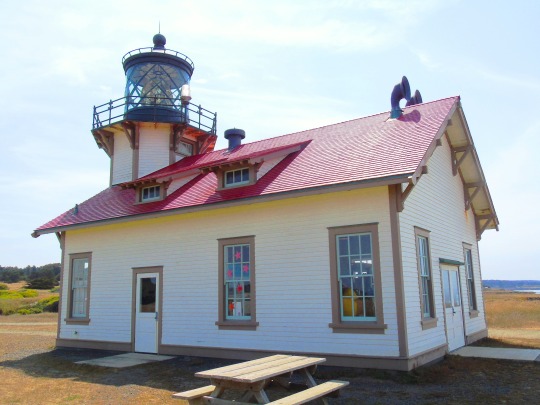
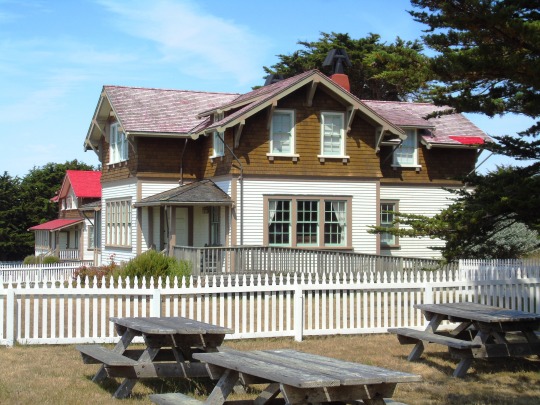
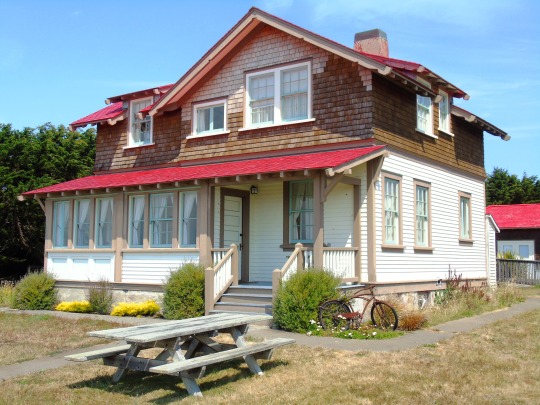
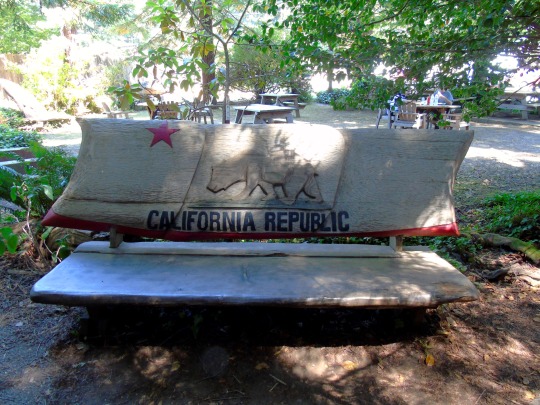

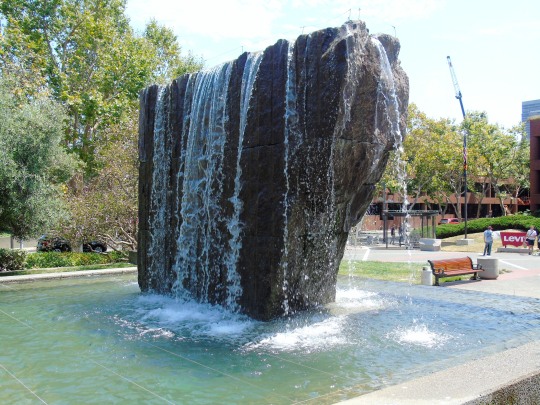

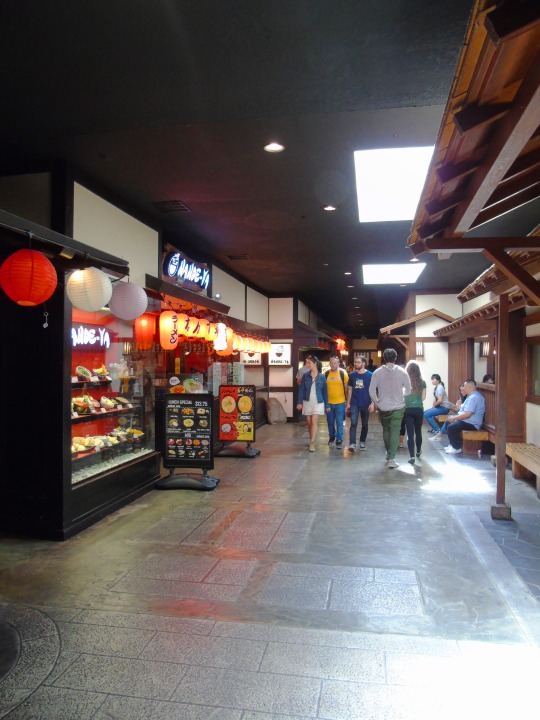
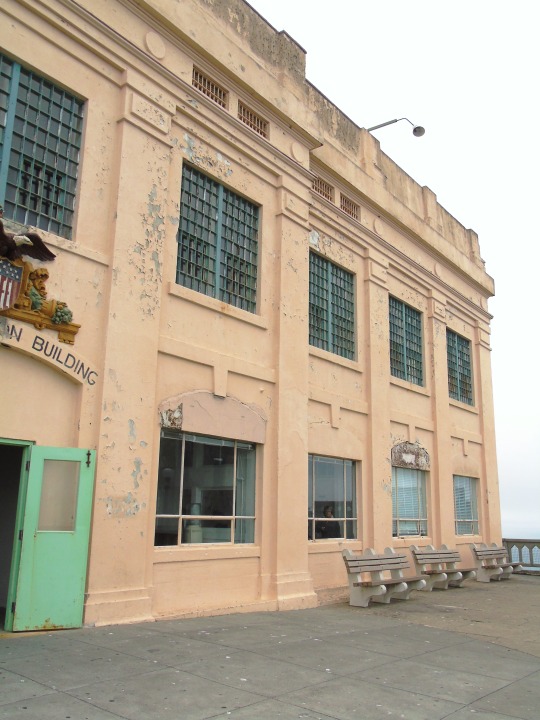
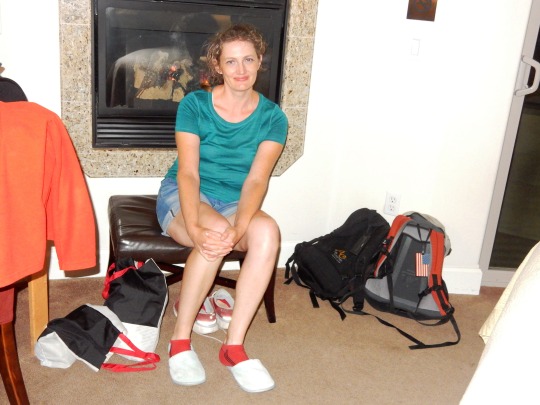
Benches/Chairs (No. 51)
Point Cabrillo Light Station State Historic Park, CA (three pics)
Humboldt Redwoods State Park, CA
San Francisco, CA (five pics)
Morro Bay, CA
#original photography#tourist attraction#cityscape#landmark#architecture#summer 2017#nature#flora#tree#exterior#landscape#travel#vacation#USA#Humboldt Redwoods State Park#California#Point Cabrillo Light Station State Historic Park#San Francisco#Morro Bay
7 notes
·
View notes
Text



Today, August 7th, is National Lighthouse Day in the US! The event was established during the bicentennial of when the US government created the US Lighthouse Establishment in 1789.
To kick off a week of lighthouses, we're starting with a book by the National Park Service and the Cabrillo Historical Association about the Old Point Loma Lighthouse (1978), located in San Diego, California. Included here are two pages about how the lighthouse was lit. Image transcripts below the cut.
For more information, check out these links:
National Lighthouse Day history from the US Lighthouse Society
The Lighthouses of Point Loma by the National Park Service
The Old Point Loma Lighthouse in our catalog
The Browne Popular Culture Library (BPCL), founded in 1969, is the most comprehensive archive of its kind in the United States. Our focus and mission is to acquire and preserve research materials on American Popular Culture (post 1876) for curricular and research use. Visit our website at https://www.bgsu.edu/library/pcl.html.
Image caption
Fresnel (fra-nel) lighthouse lenses came in seven different "orders," or sizes; first, second, third, three and a-half, fourth, fifth, and sixth. The first order were the largest, and the sixth the smallest. Generally, the larger the lens the greater its range. The larger lenses could be seen from further away than the smaller ones. Also, if a lens was high above sea level, it could be seen from further away than if it was at the water's edge. The ranges given in the illustration are median distances for a lens with a 1,000 watt bulb.
Lenses and Illuminants
Until the 1850's, nearly every lighthouse in the United States used a number of Argand lamps and parabolic reflectors for illumination. These lamps were placed "side by side around the circumference of a circle," and the number of lamps used depended upon the arc of the horizon it was desired to illuminate. For years a bulls-eye magnifying lens was used on each lamp, but these lenses were practically useless, and in 1840 they were removed, leaving the reflectors.
This system, which had become known as the American system, had but one virtue—the lamps were inexpen-sive. But their faults were legion: They were complicated, they used a vast amount of oil, they required constant attention, and, most important of all, they produced relatively little light.
In 1822 Augustin Fresnel, a French physicist, developed a lens apparatus which was to revolutionize lighthouse illumination. A Fresnel lens is like a glass barrel whose outer surface is made up of prisms and bulls-eyes. In a revolving or flashing light, the bulls-eyes are surrounded by curved, concentric prisms, concentrating the light of a central lamp into several individual beams, radiating like the spokes of a wheel. In the fixed, or steady light, the bulls-eyes become a continuous "lens belt," with the prisms [next page] parallel to it, producing an uninterrupted, horizontal sheet of light. Fresnel lenses were classified into seven orders. The order was determined by focal distance—that is, the distance from the illuminant to the lenses.
The United States was slow to adopt the Fresnel lenses, and for years a controversy raged in this country over the merits of the old and new systems. Finally, in 1841, the United States purchased its first Fresnel lens and installed it at Navesink Light, New Jersey, to test the new system. The Fifth Auditor conducted the experiment with all deliberate speed (the accent being on deliberate); 10 years later there were only three light stations in the country which had Fresnel lenses. On March 3, 1851, Congress expressed confidence in the new system by approving an appropriation bill which included permission for the Secretary of the Treasury to place the Fresnel lens system in new lighthouses, in lighthouses not having lenses, and in lighthouses requiring new ones.
Image caption
In the fall of 1855 craftsmen installed a third order, fixed light lens in the lighthouse lantern. Made in Paris, it stood over five feet high and three feet wide. In the center, a lamp with three circular wicks, one inside the other, produced a flame of 168 candlepower. The finely ground and highly polished prisms, and the bulls-eye that encircled the lens, captured the light from this flame, focused and magnified it to about 19,000 candlepower, and sent it out in a horizontal sheet of light. According to the 1862 edition of the "Directory for the Pacific Coast of the United States," the lens of the Point Loma light which is 462 feet above sea level "illuminates the entire horizon, and in clear weather should be visible—From a mast height of 20 feet above the sea, at a distance of 28 miles."
7 notes
·
View notes
Text

A.L.🗼🗼Point Cabrillo Light is a lighthouse in northern California, United States, between Point Arena and Cape Mendocino, just south of the community of Caspar. It has been a federal aid to navigation since 1909. It is part of the California state park system as Point Cabrillo Light Station State Historic Park.
Photo credit: gokulpixel📷
0 notes
Text
LOTD: Point Cabrillo
(from: http://www.ibiblio.org/lighthouse/ca.htm)
Point Cabrillo
1909. Active; focal plane 84 ft (25.5 m); white flash every 10 s. 47 ft (14.5 m) octagonal cylindrical wood tower on a 1-story wood fog signal building. The original 3rd order Fresnel lens was restored to use in 1999. Original 1-1/2 story wood keeper's house. This is a complete light station, including two assistant keeper's houses (1908), oil house (1912), and other buildings. Anderson has an excellent page for the lighthouse, Trabas has Boucher's closeup photo, Dave Dunne has another fine photo, the Coast Guard has a 1955 historic photo, Marinas.com has aerial photos, Huelse has a historic postcard view, Jonathan Fleming has a street view, and Google has a satellite view. The North Coast Interpretive Association began an extensive restoration of the light station in 1996. Restoration, completed by the end of 2001, included the lighthouse, oil house, and the blacksmith and carpentry shop, which currently houses a marine science exhibit. In May 2001 the California Coastal Conservancy sold the lighthouse and 300 surrounding acres to California State Parks for $4 million. These funds were transferred to the Point Cabrillo Lightkeepers Association (PCLK) to support continued restoration and operation of the light station. In 2004-05 an assistant keeper's house was restored and became a museum. The principal keeper's house was opened for overnight stays in 2006. A second assistant keeper's house was restored in 2009. There was great alarm in May 2011 when California State Parks announced that the light station would be closed in 2012 as a cost-cutting measure. PCLK negotiated an agreement with the state that keeps the station open under the association's management. In 2014 the Coast Guard proposed to deactivate the light and remove the lens but after discussions it dropped these plans. Located on a spectacular headland nearly surrounded by the ocean, at the end of Lighthouse Road, off CA 1 about 1 mile (1.6 km) south of Caspar and 4 mi (6.5 km) north of Mendocino. For most visitors there is a 1/2 mile (800 m) walk from the parking area, but handicapped visitors can drive to the lighthouse. Site open sunrise to sunset; lighthouse, keepers home and marine science exhibit open daily from 11am to 4pm. Owner: California State Parks (Point Cabrillo Light Station State Historic Park). Site manager: Point Cabrillo Lightkeepers Association . ARLHS USA-619; Admiralty G4362; USCG 6-0450.
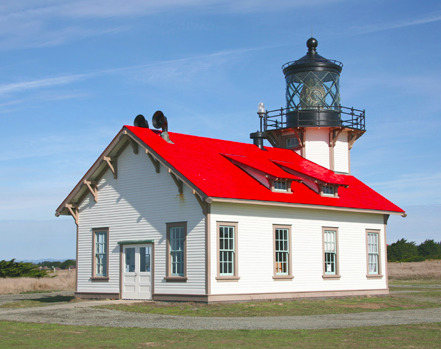
(full photo found here; ©K. Andersen)
1 note
·
View note
Text


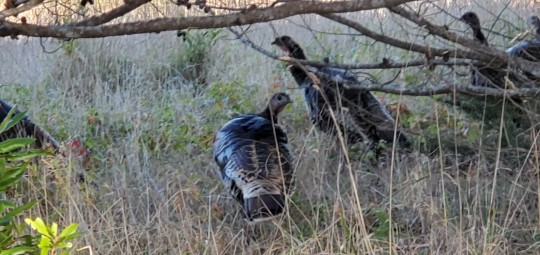
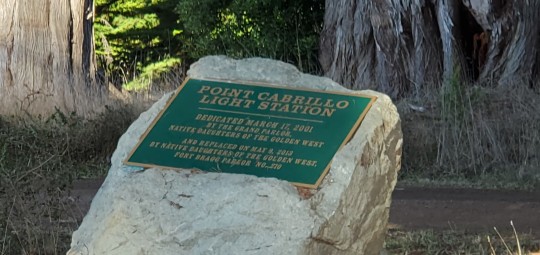
Saw these beautiful birds this morning at Point Cabrillo Light Station State Historic Park. Anyone know what they are?

1 note
·
View note
Photo
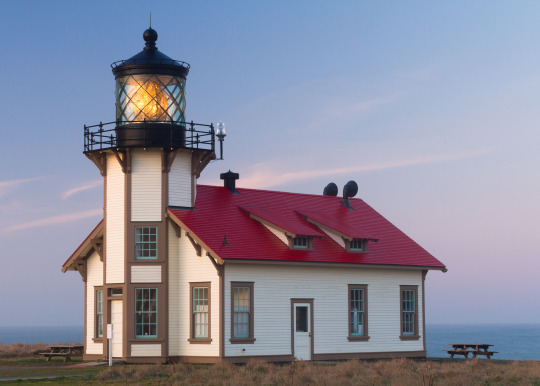
Point Cabrillo Light Station State Historic Park: Point Cabrillo Light is a lighthouse in northern California, United States, between Point Arena and Cape Mendocino, just south of the community of Caspar. (By Frank Schulenburg) [4644 x 3318]
1 note
·
View note
Photo
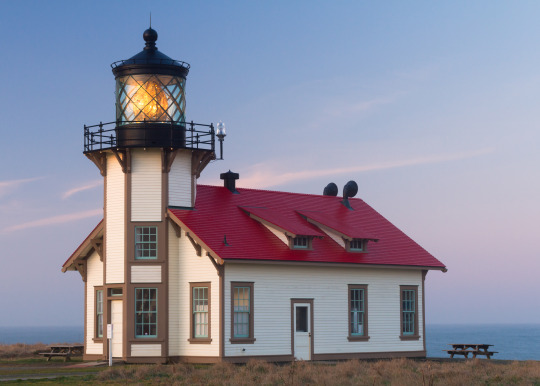
Point Cabrillo Light Station State Historic Park: Point Cabrillo Light is a lighthouse in northern California, United States, between Point Arena and Cape Mendocino, just south of the community of Caspar. (By Frank Schulenburg) [4644 x 3318] via /r/ArchitecturePorn https://www.reddit.com/r/ArchitecturePorn/comments/hrriql/point_cabrillo_light_station_state_historic_park/?utm_source=ifttt
1 note
·
View note
Photo
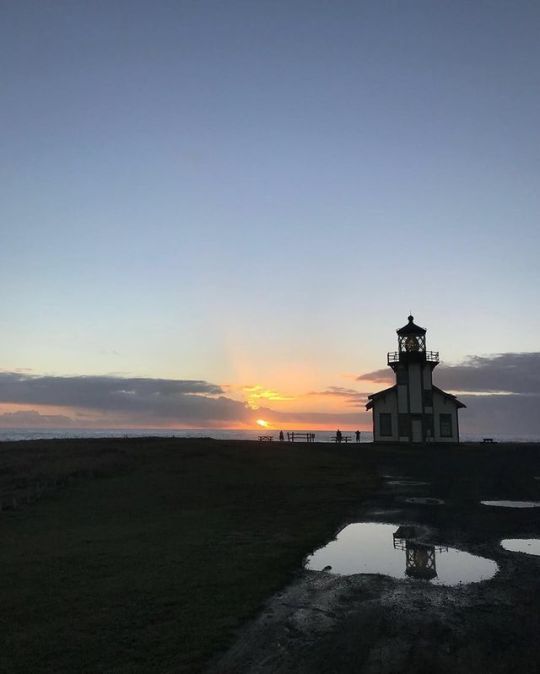
@pointcabrillo - you never cease to amaze us. Help support our local lighthouse with a purchase of Lightkeeper's Blend Coffee ☕️ and a percentage of each purchase will go to the Point Cabrillo Lightkeeper's Association to help them with their mission to manage, protect, restore, interpret, and provide public access to the historic Point Cabrillo Light Station State Historic Park, and to assist State Parks in maintenance of the historic structures and gardens. ⠀ ⠀ www.thanksgivingcoffee.com - Find the Lightkeeper's Blend in the Cause Coffee section of our online store.⠀ ⠀ #notjustacup #ajustcup #thanksgivingcoffee #mendocino #pointcabrillo #pclk #pointcabrillolighthouse #ilovecoffee #coffeelovers #lighthouse #sunsetsofinstagram #mendocinocoast (at Point Cabrillo Light Station) https://www.instagram.com/p/BsHVmO_AVgZ/?utm_source=ig_tumblr_share&igshid=uzsdwzp6dt31
#notjustacup#ajustcup#thanksgivingcoffee#mendocino#pointcabrillo#pclk#pointcabrillolighthouse#ilovecoffee#coffeelovers#lighthouse#sunsetsofinstagram#mendocinocoast
0 notes
Photo


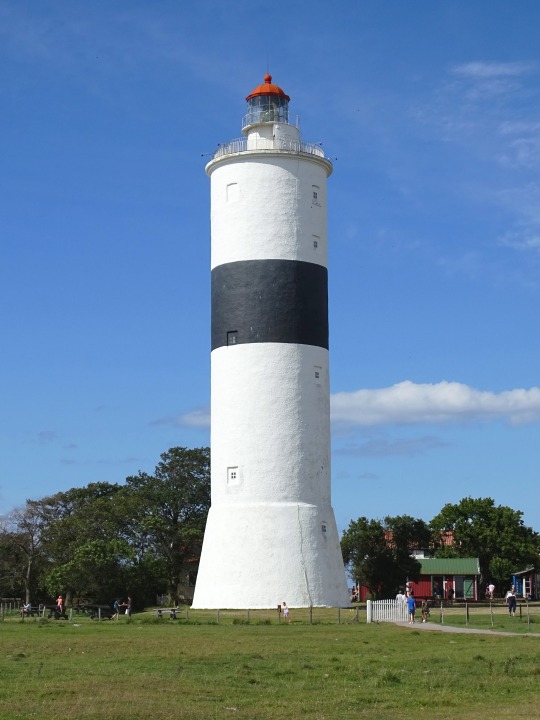

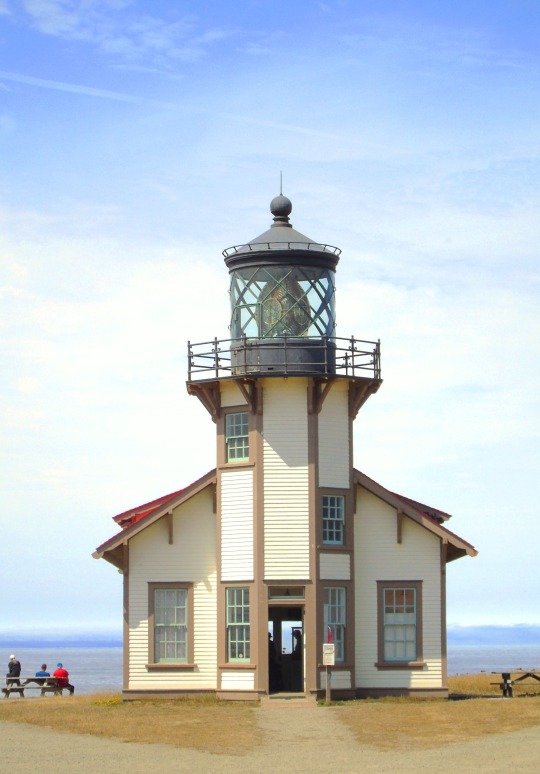

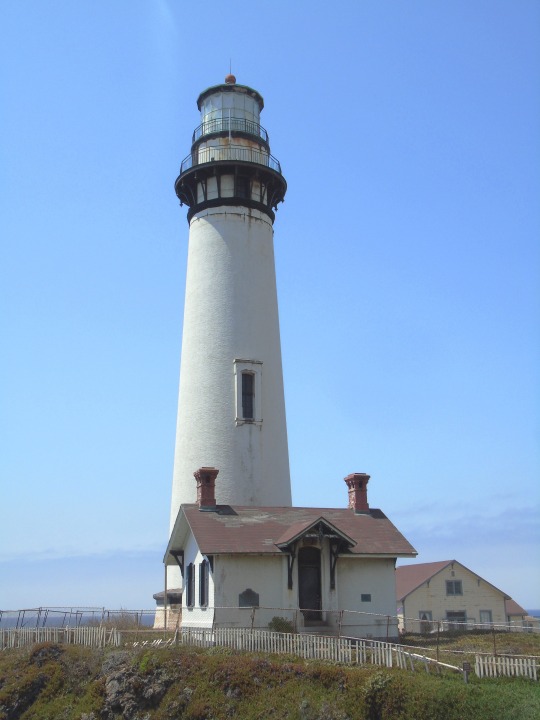


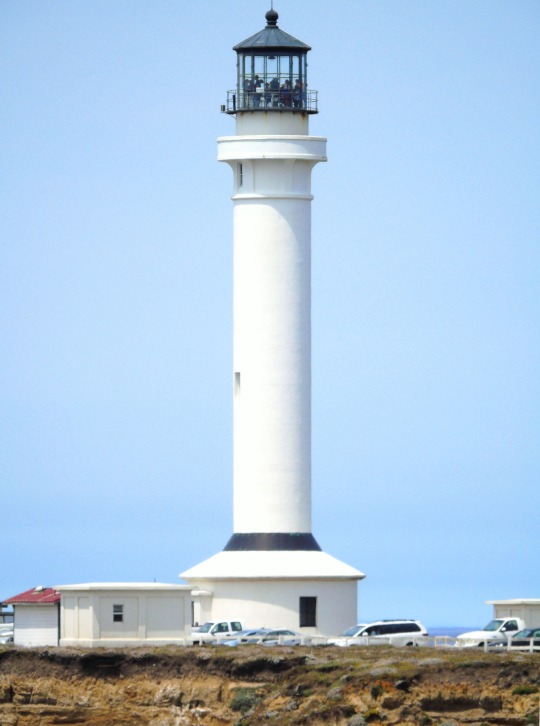
National Lighthouse Day
Often used as metaphors, lighthouses are the beautiful towers that keep ships safe in the night. Visit one to appreciate their majesty and mystery.
A light that shines in the darkness to protect and alert. Sounds like something one would say about that friend or mentor whom helps us in the hardest of times, but alas, this is not that reference. This is a reference to the silent, but bright, guardians of our coastlines and ships, the majestic lighthouse.
Learn about National Lighthouse Day
Lighthouses represent a piece of history. They have comforted travelers for centuries, guiding them and keeping them safe. They also add to some of the most scenic and majestic views. If you have ever visited a lighthouse before, you will know the stability and serenity they bring to the area. While time has progressed and technology has changed, lighthouses remind us of some of the difficult voyages people went on in the past. They provided hope to those looking for land while tackling the dark nights and stormy seas. So, it is only right that we celebrate them on National Lighthouse Day.
Did you know that lighthouses provided a beacon of light even before we had electricity? It is remarkable to think that, isn’t it? Originally, fires or burning coal were used to create the source of light in a lighthouse. Of course, this changed as time went on. Lighthouses then made the switch to oil-burning lamps, after which electric lamps were used in 1875. Nevertheless, it is crazy to think that these structures were guiding ships home with light before we could power our own homes!
There are many reasons why National Lighthouse Day should be celebrated in our opinion. However, one thing that is really admirable is that lighthouses have stood the test of time. They have had to weather a lot of storms; both the literal type and the metaphorical. From high winds to extreme weather conditions; lighthouses are located in areas on cliffs and coasts that mean they need to take the very worst of the weather. Not only this but despite the fact that technology has progressed and the need for a lighthouse is not the same as it once was, these structures still stand tall, often acting as the focal point for coastal villages and areas.
Plus, you simply cannot deny the beauty of a lighthouse, can you? They have a cylindrical shape and an eye-catching red and white striped design in most cases, although some are painted all white. They look beautiful amongst the surrounding bay or coastal area, adding plenty of character and tales of the past to the location. When you consider this, it is of no surprise that so many people decide to have their photograph taken in front of a lighthouse. It’s a postcard-perfect environment. Why not spend some time looking at some of the most picturesque lighthouses online? You will be amazed by the beauty you witness!
History of National Lighthouse Day
The lighthouse has been a staple of culture in the world since we built boats to sail the seas. Protection from fog, reefs, rocks and other hazards of the coastline have been signaled by these monoliths of light, even before the advent of electricity. Surprisingly, large fires were lit in the top of the early lighthouses, so ship captains knew not to sail to close to them in order to avoid dangers to their ships.
Some even used early forms of light refraction to make the light spread farther out to see – mirrors were used in some cases, but in many, it was actually metal polished to a shine that was used as mirrors were not as easily come by as they are today.
Electricity and the light bulb paved the way for current lighthouses – the rotating beam of light that is done with some creative positioning of mirrors, glass and a motor to spin a curved mirror in a circle around the light bulb. This effect channels the light outwards in a beam, rotating around and around to catch the eye, and help the light pierce the fog.
How to celebrate National Lighthouse Day
Go and see a lighthouse or two. Visit and see about understanding what the lighthouse specifically protected against – was it just fog and to alert captains of land close by, or are there rocks in shallow water, reefs of danger just beneath the soft waves, or maybe a more disastrous effect, like whirlpools or cliff edges instead of a port?
Sometimes a lighthouse existed both as a ship warning and a guard post from when local militia and army forces were stationed to defend against coastal attackers. Or if your not near any lighthouses, share pictures you find enjoyable of lighthouses to those nearby or over social media.
Enlighten them on what a lighthouse does if they want to know. Or maybe build a miniature lighthouse all your own, setting it up high in a room so the light spirals around in the same effect. This little adventure into modeling can spark conversations for years to come, and is something that may just bring you one step closer to being the master of a lighthouse yourself some day.
Another way that you can celebrate National Lighthouse Day is by doing your bit to preserve a lighthouse. There are a number of organizations that have been set up around the world for the purpose of protecting and preserving these historical structures. Plus, if you do decide to visit a lighthouse on this day, you will probably be able to make a small donation that will contribute to keeping the lighthouse in operation. A small donation can go a very long way when it comes to the future of historic treasures like this.
Source
#Lighthouse of Peñiscola#Faro de Cudillero#Santa Ana Castle Lighthouse#Castro Urdiales#Tall John#Spain#Sweden#Smygehuk Lighthouse#USA#Point Prim Lighthouse#Cape Spear#Atlantic Ocean#Pacific Ocean#travel#Point Cabrillo Light Station State Historic Park#Pigeon Point Light Station#Point Arena Lighthouse#National Lighthouse Day#California#vacation#architecture#seascape#cityscape#landscape#original photography#NationalLighthouseDay#8 August
2 notes
·
View notes
Photo
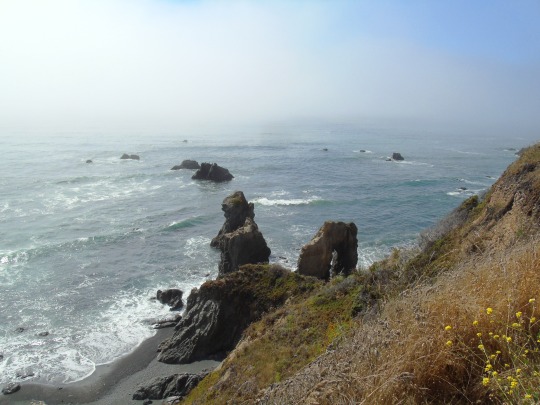

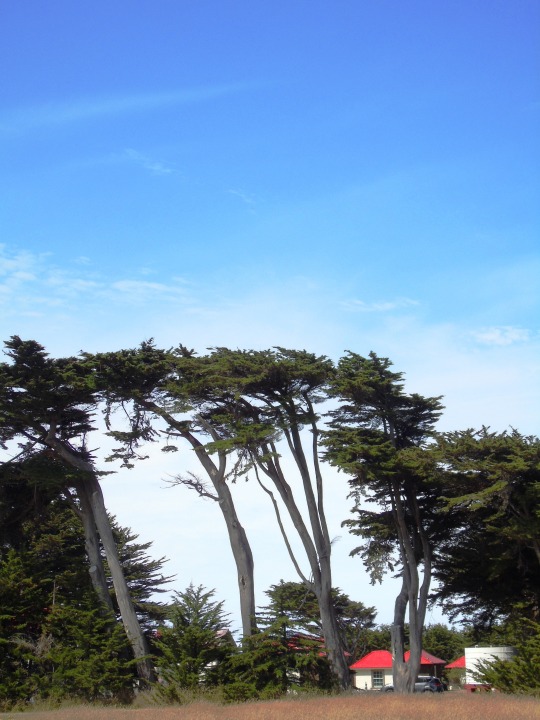

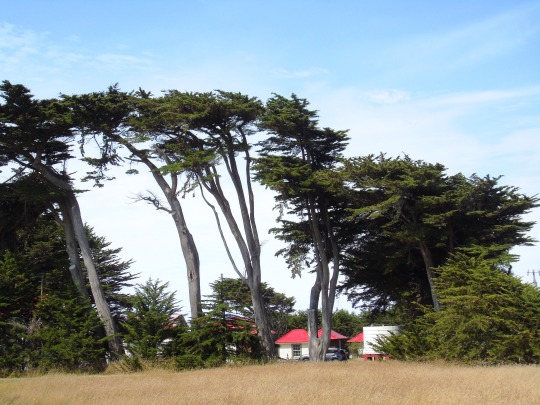
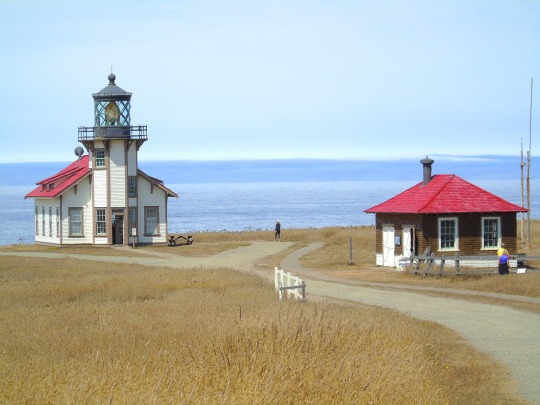
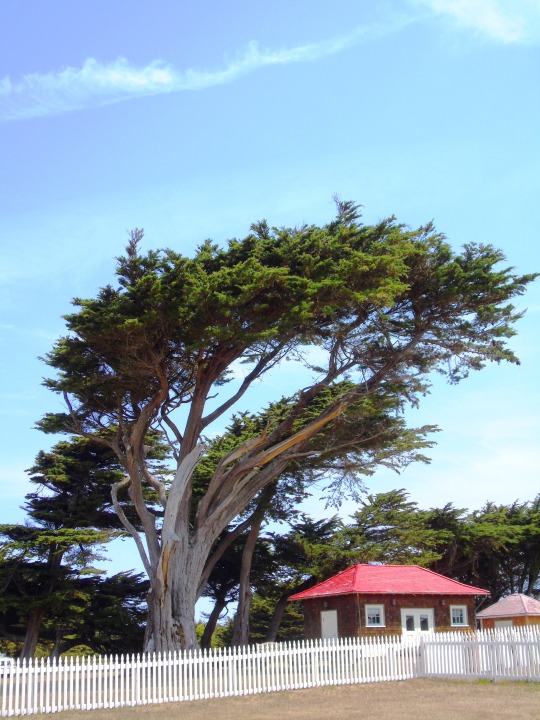
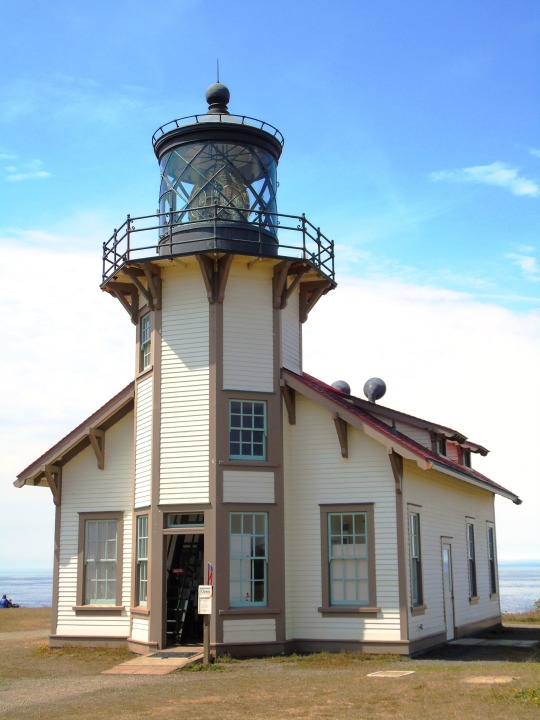
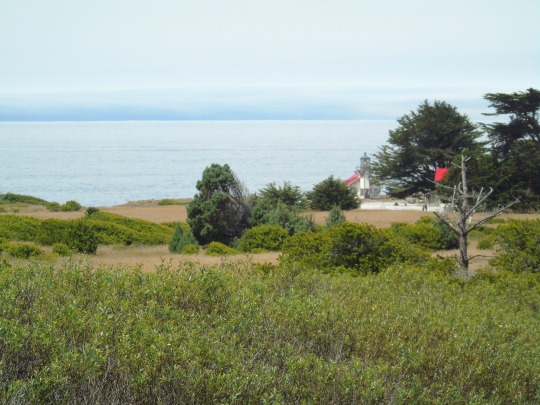
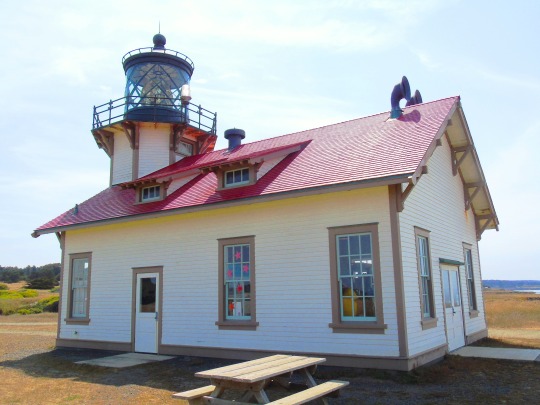
Clouds (No. 796)
Hardy Creek Beach, CA
Caspar Headlands State Beach, CA
Point Cabrillo Light Station State Historic Park, CA (eight pics)
#Hardy Creek Beach#Caspar Headlands State Beach#architecture#landmark#Point Cabrillo Light Station State Historic Park#free admission#tourist attraction#landscape#seascape#sand#tree#summer 2017#original photography#California#West Coast#Pacific Ocean#coast#shore#vacation#travel#blue sky#clouds
2 notes
·
View notes
Text
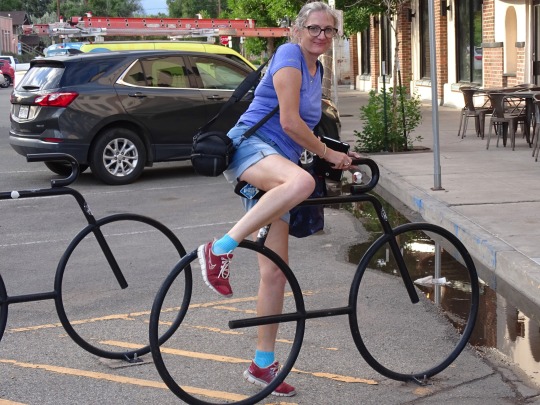
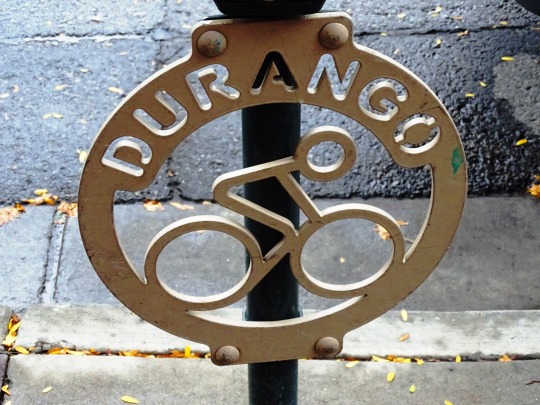
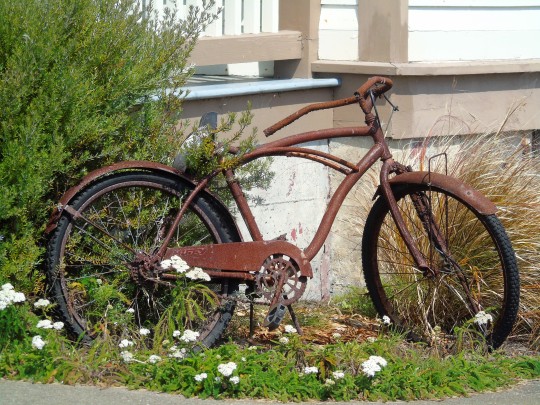

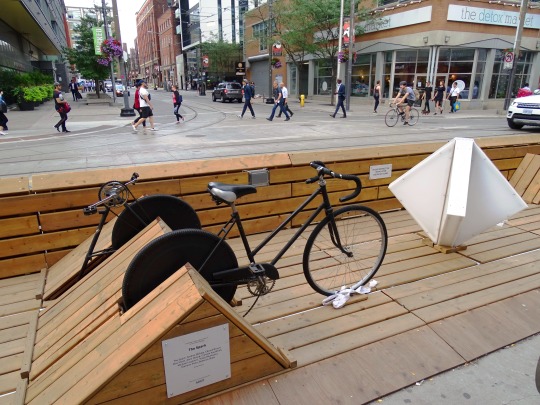

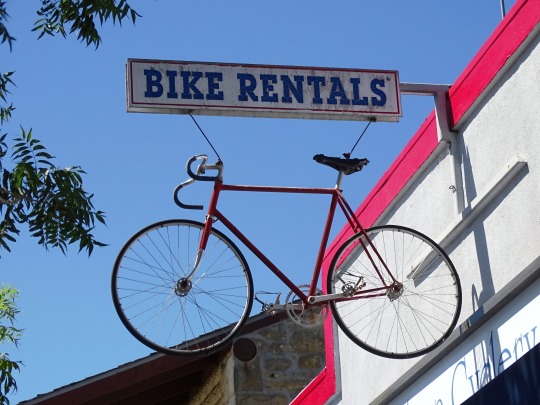
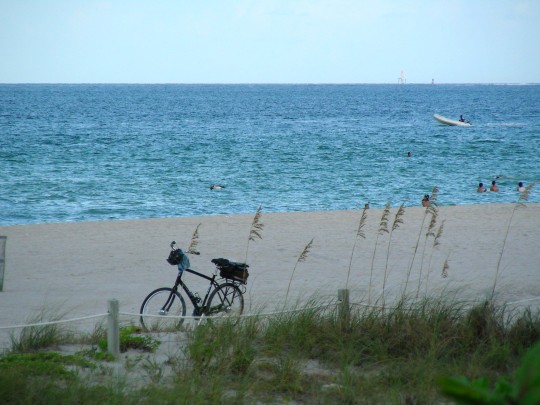

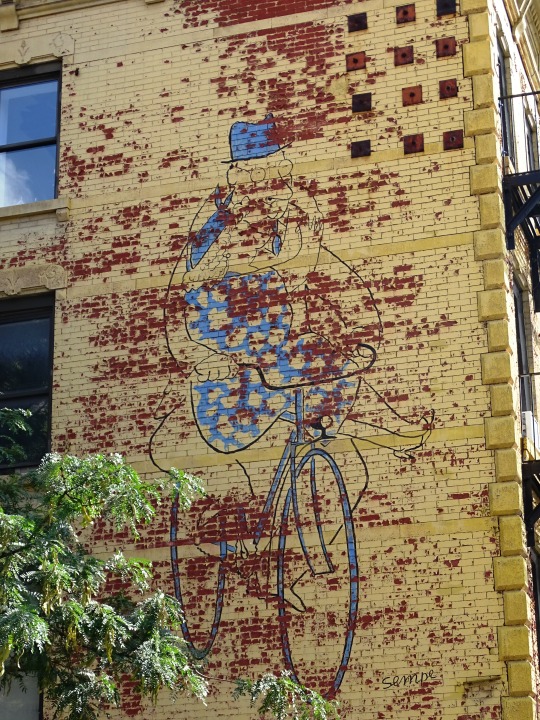
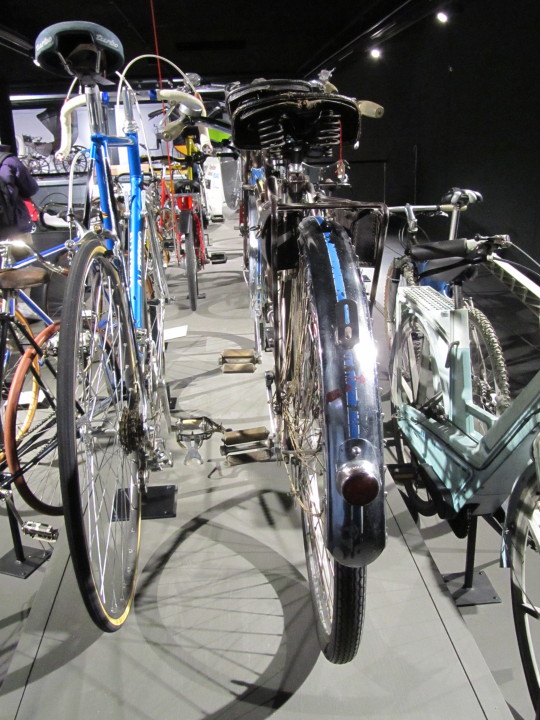
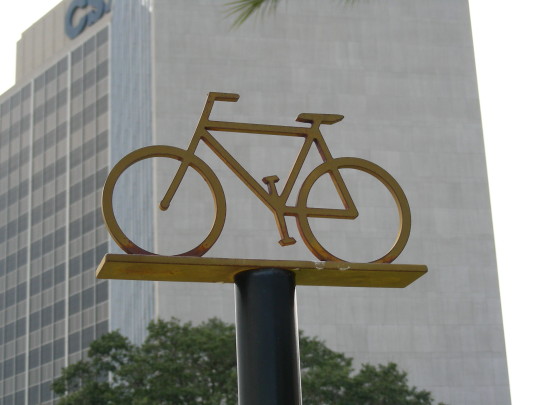
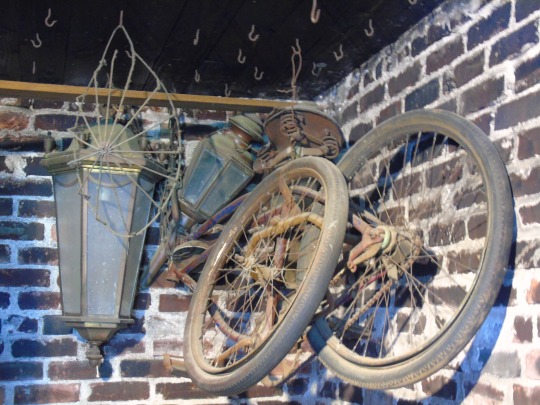
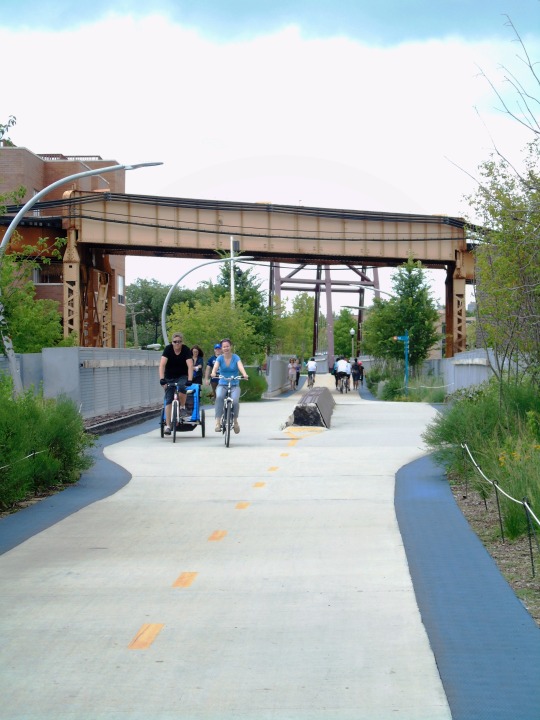
Bicycle Day
Despite the name, Bicycle Day is not about pedal bikes or Queen; it’s a day to recognize the scientific and psychiatric impact of the drug known as LSD.
Bicycle Day is fast approaching. And while we don’t think it’ll ever take off like Thanksgiving, the popularity of the event is growing by the year. However, it remains a day that’s lost on a lot of people while many others have the completely wrong idea of what the celebration is all about. (Hint: it’s not the obvious answer)
The event has grown at a rapid rate and is set to be bigger than ever in 2020 before enjoying continued development over the years to come. While some people may deem it a strange thing to commemorate, especially when they discover it’s not what they thought, there is no question that it’s here to stay. In truth, it has every right to too.
Just don’t try saying that tongue twister on Bicycle Day.
Learn about Bicycle Day
Given its name, you’d be forgiven for jumping to the conclusion that Bicycle Day is a celebration of the two-wheeled, pedal-driven, single-track vehicle. However, the adulation of the bike is actually reserved for World Bicycle Day – so you can put your helmet and Queen record away for a little while longer.
Bicycle Day is, incredibly, a celebration of the lysergic acid diethylamide (LSD). Or rather, it commemorates a discovery that LSD (and, subsequently, other psychoactive substances) can evoke significant shifts of consciousness even in low doses. It is, therefore, one of the biggest breakthroughs in the history of using the substance as a psychiatric tool, recreationally as well as in other situations.
The day is consequently celebrated in a wide range of psychedelic communities by supporters of various ages, as well as individuals (guilty!) of wanting another excuse for adding a little color to their lives – albeit in a much safer environment.
Given the importance of scientific discovery, not least its indirect impacts on further discoveries, Bicycle Day is a valid celebration that can be enjoyed by all. You don’t need to be a junkie to appreciate the development of drugs for medical reasons in recent decades. So, when exactly did that discovery take place, and how did the day become a day to be honored? Let’s find out.
History of Bicycle Day
While the day isn’t a direct celebration of bicycles, most people that learn about the day are relieved to discover that the two-world vehicles do play an integral role in the story. Even for an LSD user, the absence of a bike would just be weird.
The Famous Bike Trip
The historical event was, quite literally, a bike ‘trip’ taken by Dr. Albert Hofmann. In April 1945, the Swiss scientist accidentally discovered the effects of LSD on the human body. Three days later, he subsequently conducted an experiment in which he intentionally took a 250mcg dose of the substance before riding home with his lab assistant. During the ride home, Hofmann’s trip started with bouts of anxiety and paranoid warped thoughts that his next-door neighbor was a malevolent witch.
However, the trip would change his perceptions in a more positive manner. He later explained: “little by little I could begin to enjoy the unprecedented colors and plays of shapes that persisted behind my closed eyes. Kaleidoscopic, fantastic images surged in on me, alternating, variegated, opening and then closing themselves in circles and spirals, exploding in colored fountains, rearranging and hybridizing themselves in constant flux.”
Having been checked over by a house doctor, it was confirmed that (aside from dilated pupils) no physical alterations could be detected, thus confirming the impacts had been entirely psychological. While Hofmann had correctly predicted this after his previous encounter three days earlier, his calculations on the threshold were wildly inaccurate. That 250mg hit was over 10x the 20mg threshold dose, which probably explains why the impacts were so quick and noticeable.
It clearly didn’t do him much harm in the long-term, though, as he lived to the age of 102!
The Development of Bicycle Day
While Hofmann’s famous bike trip happened in 1945, Bicycle Day didn’t launch for another four decades! That’s one very long comedown…
The first Bicycle Day was organized and celebrated by Thomas B. Roberts, a Professor at Northern Illinois University, starting out as nothing more than a party at his DeKalb, Illinois home. Despite remaining a small scale event over the following years, it grew in popularity at a rapid rate in the early years of online interactions thanks to students spreading the word on forums and other internet platforms.
It is now an annual event that has been amplified to greater levels than ever before, with thousands celebrating it in their own ways. Even more, people are expected to join the fun year after year.
How to celebrate Bicycle Day
Following Hofmann’s discovery, LSD was subsequently the subject of intense medical research throughout the 1950s but arguably became best known for its use as a recreational drug. LSD has been a popular drug among psychedelic communities for many years, but hitting a few tabs probably isn’t the safest way to enjoy Bicycle Day. Instead, individuals are advised to recreate the psychedelic vibe minus the drug use. Fake it, don’t take it.
Solo celebrations can be as simple as sticking on some Beatles music (Lucy in the Sky with Diamonds is literally an acronym of LSD) while reading Ken Kesey’s One Flew Over the Cuckoo’s Nest. It’s trippy, safe, and very easy to organize.
Small gatherings are best enhanced with a few décor changes. Psychedelic hanging rugs or canvas art can work wonders. Close the drapes and use lighting in an effective way to further support the desired atmosphere. The playlist should include;
Jefferson Airplane – White Rabbit,
Timothy Leary – How to Operate Your Brain,
Pixies – Where is My Mind?,
The Moody Blues – Legend of a Mind
Jimi Hendrix – Purple Haze
ATB – Ecstasy
Nicki Minaj – Beez In The Trap ft. 2 Chainz
Eminem – Mushrooms
When Bicycle Day is enjoyed safely, it can be a lot of fun. Better still, there’s no major comedown, enabling an immediate return to normality. Perfect.
Source
#I drive to work by bike every day except it's icy or/and there's snow#Alamosa#USA#Durango#Colorado#St. Helena#California#Halifax#Nova Scotia#Point Cabrillo Light Station State Historic Park#Verkehrshaus der Schweiz#travel#Memphis#Graceland#Toronto#Jacksonville#original photography#vacation#summer 2022#Bicycle Day#BicycleDay#not about the bike#19 April#tourist attraction#cityscape#architecture#landmark
1 note
·
View note
Photo
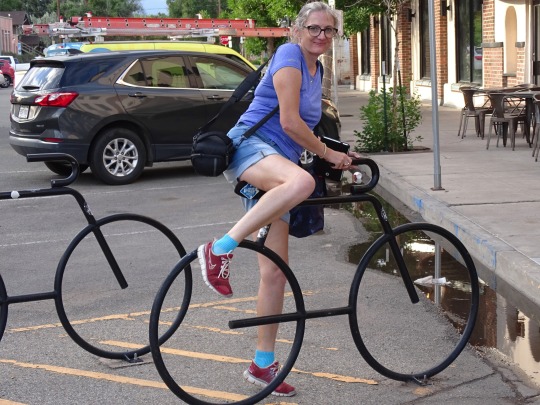
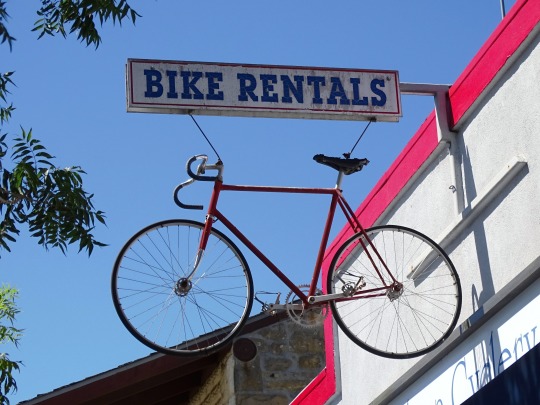

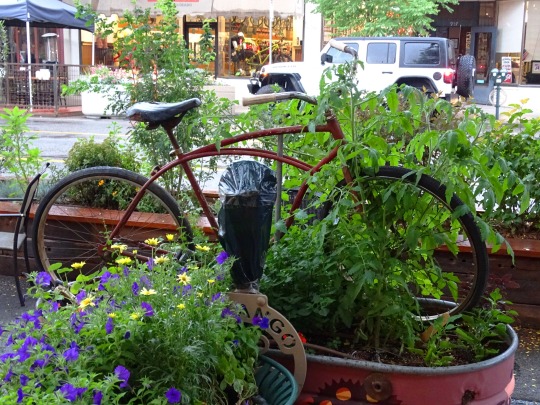
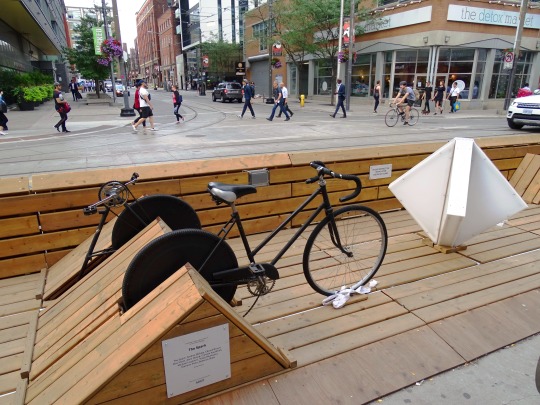
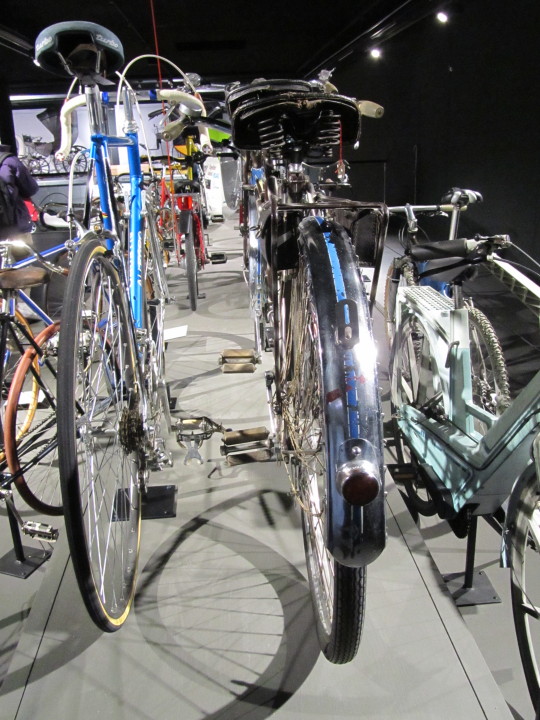
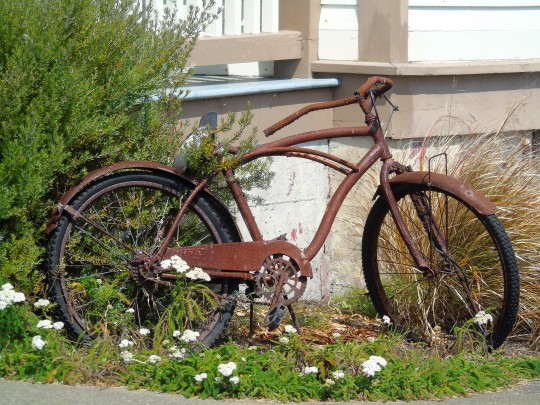
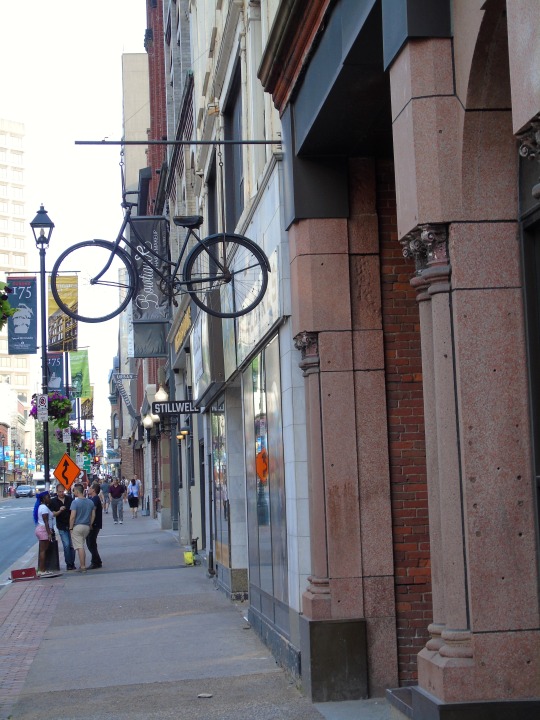
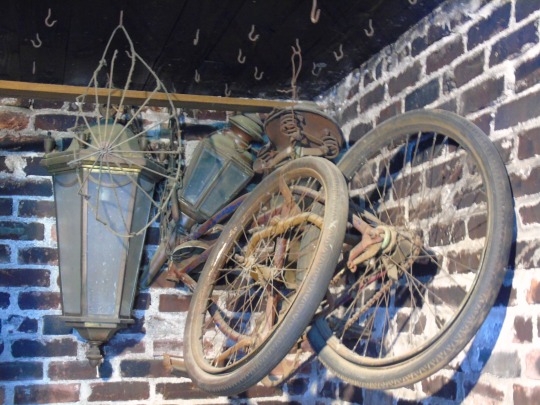

World Bicycle Day
The bicycle is one of the most beneficial inventions for your personal health and for the health of the environment. Get out and get some sustainable exercise.
The bicycle is one of the most important inventions in the history of the planet. It provides millions of people with a means of transport powered by nothing other than their bodies. It’s practical, reliable, and helps one to stay fit. Many find that it’s a fun and hassle-free way to get around and take care of daily tasks.
World Bicycle Day is the United Nation’s attempt to recognize the vital importance of the bicycle across the globe. The bike has helped many families across the world to get access to cheap and reliable transportation. It’s no wonder so many partake in the celebration and want to get the word out to others about this exciting and eventful day.
Cycling is an environmentally sound, safe, and healthy way to travel from point A to B. It’s something that we need to do more of if we want to protect the world against the ravages of unsustainable CO2 production. It can save lives, help improve the environment, and support poverty reduction, and for these reasons, it deserves far more attention than it currently receives.
History of World Bicycle Day
The United Nations launched World Bicycle Day for several reasons. The first was to recognize the sheer transformative impact of the bicycle on society. Pedal cycles give even the poorest people in the world access to transport services. Bikes allow them to visit friends, collect water, and buy groceries.
The bicycle is a long-serving mode of transportation, which has helped practically every human community worldwide. All cultures and people alike can partake in the celebration and show their love for cycling.
The third purpose is to highlight the fact that many cities ignore the needs of pedestrians and cyclists. Policymakers have a bias towards the motor vehicle, serving its needs instead of using environmentally-sound alternatives. World Bicycle Day, therefore, is a chance to raise awareness of the benefits of cycling and promote measures to ensure better sharing of the roads.
It’s a chance for people to demand improvements to road safety and cycling mobility through a change in policies and measurable activity that protects and promotes the safety of riders and pedestrians.
The fourth purpose is to help save lives and reduce poverty. Investing in pedestrian and cycle routes in cities can help cut the rate of deaths while also taking traffic off the roads and investing in safer modes of intra-city travel. Promoting cycling can also help to reduce poverty.
By giving the poorest members of the community access to transportation, they can more easily commute to places of work. It helps them to achieve greater health equity by reducing the risk of heart disease, stroke, some cancers, diabetes, and even death.
How to Celebrate World Bicycle Day
There are many reasons why celebrating World Bicycle Day is essential to the health of individuals and the environment. It’s a sustainable means of transportation that’s simple to use, affordable, and is reliable for those who may not have access to a car. It provides access to education, health care, and physical activity for those who don’t have any other means of transportation.
It gives users an immediate awareness of the local environment and fosters creativity and social engagement among community members. The positive impact on the climate and one’s health simply can’t be overlooked. The bicycle offers a sustainable transportation solution and a way for people to show their support for creating a better environment and planet.
Anyone can do their part and partake in the day by celebrating in unique and fun ways. First, you can donate to a cycle scheme. Many nonprofits are looking for ways to increase the number of bicycles that people use in developing countries. Many view it as a cheap solution that makes transporting food and water around much more manageable.
Second, you can cycle to work, college or school, on your bicycle instead of using the car. One will be able to avoid traffic jams and the cost of gas. One will likely find this to be a more enjoyable and stress-free way to get around. There’s no gas money required, and the fresh air will feel wonderful. Using a bicycle will help cut down on CO2 emissions as well. It’s also an excellent way to get some exercise and stay healthy. There’s no denying the feeling one has after being out in nature and exerting some pent up energy.
Third, a person can encourage other people to use their bicycles to get around town by sharing World Cycle Day hashtags on social media. More and more people are engaging online and wanting to express themselves through these social media platforms. It’s possible that together individuals will be able to make this cause go viral and make impactful changes to the environment and wellness of each other. Someone can also encourage others to use this means of transportation by inviting a companion to ride a bike with them to a friend’s house or to run errands.
And finally, one can celebrate and participate in World Bicycle Day by lobbying to local government to improve cycle and pedestrian mobility in the city. Attend a meeting in the area to voice concerns and recommendations for making bicycling around town easier and more accessible to those in the community. All it takes is a few individuals who are willing to speak up and express viewpoints around this topic to inspire and motivate change.
It’s clear that World Bicycle Day is something that anyone can get involved with, even if they don’t ride a bike. Communities will thrive, individuals will be in better health, and the environment will take a turn for the better when cycling becomes the focus. There are so many positive results that emerge from World Bicycle Day that it’s certainly worth celebrating. It’s an opportunity to spark more appreciation for this simple yet beneficial means of transportation and to get everyone thinking about all the good reasons cycling should receive acknowledgment and public attention.
Source
#Point Cabrillo Light Station State Historic Park#Alamosa#St. Helena#travel#Durango#Graceland#Toronto#Halifax#Verkehrshaus der Schweiz#Luzern#Lucerne#Swiss Museum of Transport#Jacksonville#original photography#USA#cityscape#architecture#tourist attraction#landmark#California#Colorado#Canada#Tennessee#Florida#World Bicycle Day#3 June#WorldBicycleDay#I drive to work by bike every day except it's icy or/and there's snow#Switzerland
0 notes
Photo

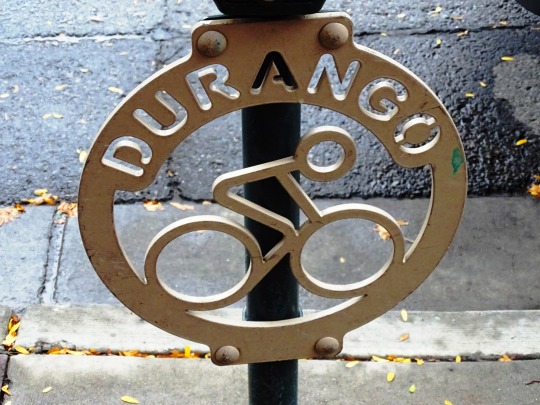
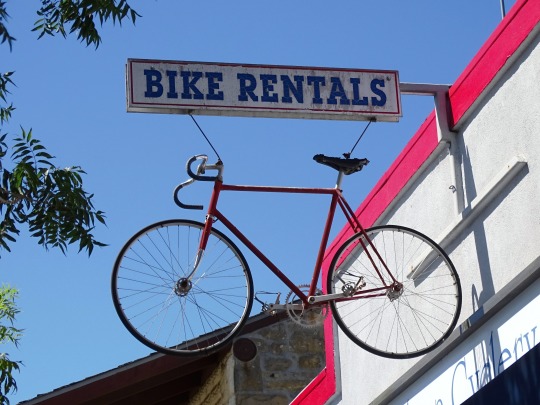
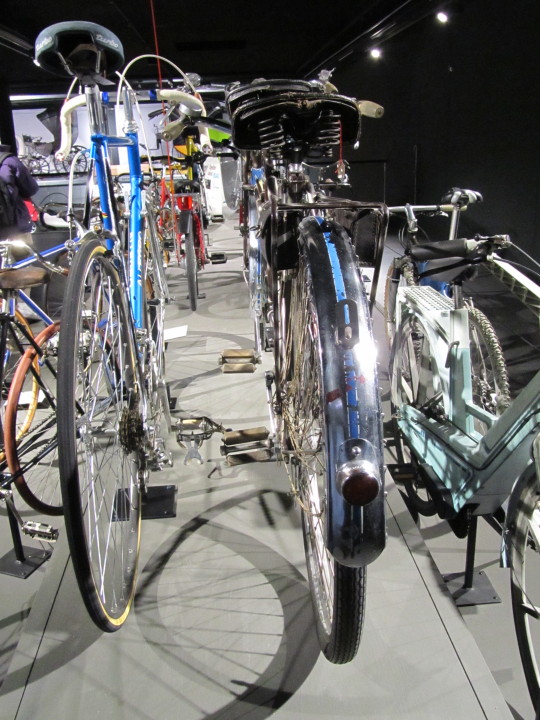
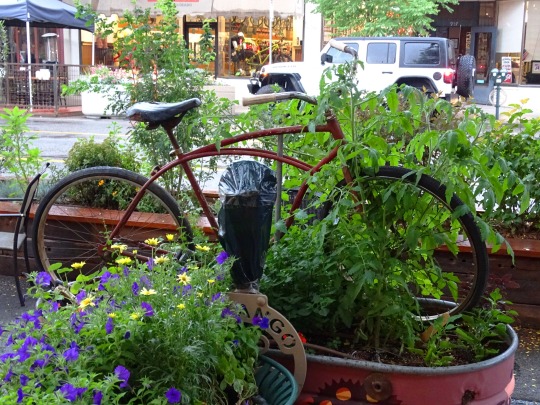

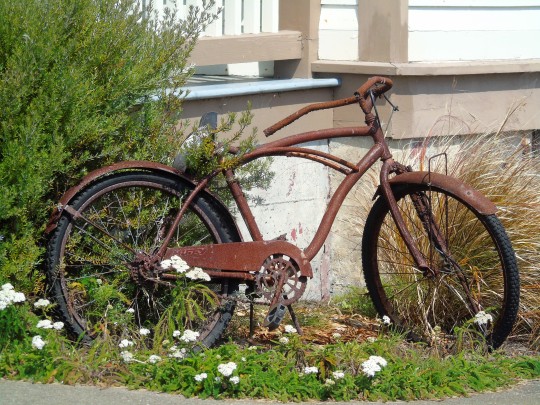

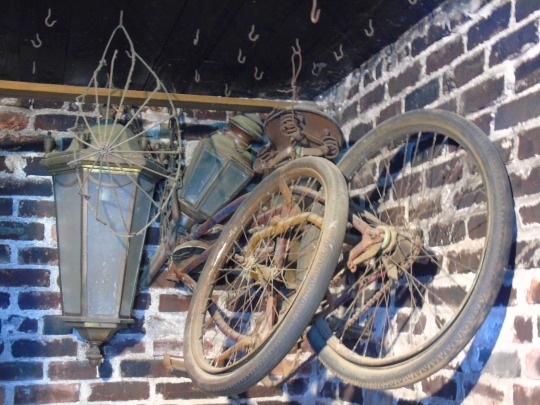

Bicycle Day
Despite the name, Bicycle Day is not about pedal bikes or Queen; it’s a day to recognize the scientific and psychiatric impact of the drug known as LSD.
Bicycle Day is fast approaching. And while we don’t think it’ll ever take off like Thanksgiving, the popularity of the event is growing by the year. However, it remains a day that’s lost on a lot of people while many others have the completely wrong idea of what the celebration is all about. (Hint: it’s not the obvious answer)
The event has grown at a rapid rate and is set to be bigger than ever in 2020 before enjoying continued development over the years to come. While some people may deem it a strange thing to commemorate, especially when they discover it’s not what they thought, there is no question that it’s here to stay. In truth, it has every right to too.
Just don’t try saying that tongue twister on Bicycle Day.
Learn about Bicycle Day
Given its name, you’d be forgiven for jumping to the conclusion that Bicycle Day is a celebration of the two-wheeled, pedal-driven, single-track vehicle. However, the adulation of the bike is actually reserved for World Bicycle Day – so you can put your helmet and Queen record away for a little while longer.
Bicycle Day is, incredibly, a celebration of the lysergic acid diethylamide (LSD). Or rather, it commemorates a discovery that LSD (and, subsequently, other psychoactive substances) can evoke significant shifts of consciousness even in low doses. It is, therefore, one of the biggest breakthroughs in the history of using the substance as a psychiatric tool, recreationally as well as in other situations.
The day is consequently celebrated in a wide range of psychedelic communities by supporters of various ages, as well as individuals (guilty!) of wanting another excuse for adding a little color to their lives – albeit in a much safer environment.
Given the importance of scientific discovery, not least its indirect impacts on further discoveries, Bicycle Day is a valid celebration that can be enjoyed by all. You don’t need to be a junkie to appreciate the development of drugs for medical reasons in recent decades. So, when exactly did that discovery take place, and how did the day become a day to be honored? Let’s find out.
History of Bicycle Day
While the day isn’t a direct celebration of bicycles, most people that learn about the day are relieved to discover that the two-world vehicles do play an integral role in the story. Even for an LSD user, the absence of a bike would just be weird.
The Famous Bike Trip
The historical event was, quite literally, a bike ‘trip’ taken by Dr. Albert Hofmann. In April 1945, the Swiss scientist accidentally discovered the effects of LSD on the human body. Three days later, he subsequently conducted an experiment in which he intentionally took a 250mcg dose of the substance before riding home with his lab assistant. During the ride home, Hofmann’s trip started with bouts of anxiety and paranoid warped thoughts that his next-door neighbor was a malevolent witch.
However, the trip would change his perceptions in a more positive manner. He later explained: “little by little I could begin to enjoy the unprecedented colors and plays of shapes that persisted behind my closed eyes. Kaleidoscopic, fantastic images surged in on me, alternating, variegated, opening and then closing themselves in circles and spirals, exploding in colored fountains, rearranging and hybridizing themselves in constant flux.”
Having been checked over by a house doctor, it was confirmed that (aside from dilated pupils) no physical alterations could be detected, thus confirming the impacts had been entirely psychological. While Hofmann had correctly predicted this after his previous encounter three days earlier, his calculations on the threshold were wildly inaccurate. That 250mg hit was over 10x the 20mg threshold dose, which probably explains why the impacts were so quick and noticeable.
It clearly didn’t do him much harm in the long-term, though, as he lived to the age of 102!
The Development of Bicycle Day
While Hofmann’s famous bike trip happened in 1945, Bicycle Day didn’t launch for another four decades! That’s one very long comedown…
The first Bicycle Day was organized and celebrated by Thomas B. Roberts, a Professor at Northern Illinois University, starting out as nothing more than a party at his DeKalb, Illinois home. Despite remaining a small scale event over the following years, it grew in popularity at a rapid rate in the early years of online interactions thanks to students spreading the word on forums and other internet platforms.
It is now an annual event that has been amplified to greater levels than ever before, with thousands celebrating it in their own ways. Even more, people are expected to join the fun year after year.
How to celebrate Bicycle Day
Following Hofmann’s discovery, LSD was subsequently the subject of intense medical research throughout the 1950s but arguably became best known for its use as a recreational drug. LSD has been a popular drug among psychedelic communities for many years, but hitting a few tabs probably isn’t the safest way to enjoy Bicycle Day. Instead, individuals are advised to recreate the psychedelic vibe minus the drug use. Fake it, don’t take it.
Solo celebrations can be as simple as sticking on some Beatles music (Lucy in the Sky with Diamonds is literally an acronym of LSD) while reading Ken Kesey’s One Flew Over the Cuckoo’s Nest. It’s trippy, safe, and very easy to organize.
Small gatherings are best enhanced with a few décor changes. Psychedelic hanging rugs or canvas art can work wonders. Close the drapes and use lighting in an effective way to further support the desired atmosphere. The playlist should include;
Jefferson Airplane – White Rabbit,
Timothy Leary – How to Operate Your Brain,
Pixies – Where is My Mind?,
The Moody Blues – Legend of a Mind
Jimi Hendrix – Purple Haze
ATB – Ecstasy
Nicki Minaj – Beez In The Trap ft. 2 Chainz
Eminem – Mushrooms
When Bicycle Day is enjoyed safely, it can be a lot of fun. Better still, there’s no major comedown, enabling an immediate return to normality. Perfect.
Source
#I drive to work by bike every day except it's icy or/and there's snow#Alamosa#USA#Durango#Colorado#St. Helena#California#Halifax#Nova Scotia#Point Cabrillo Light Station State Historic Park#Verkehrshaus der Schweiz#travel#Memphis#Graceland#Toronto#Jacksonville#original photography#vacation#summer 2022#Bicycle Day#BicycleDay#not about the bike#19 April
0 notes
Photo
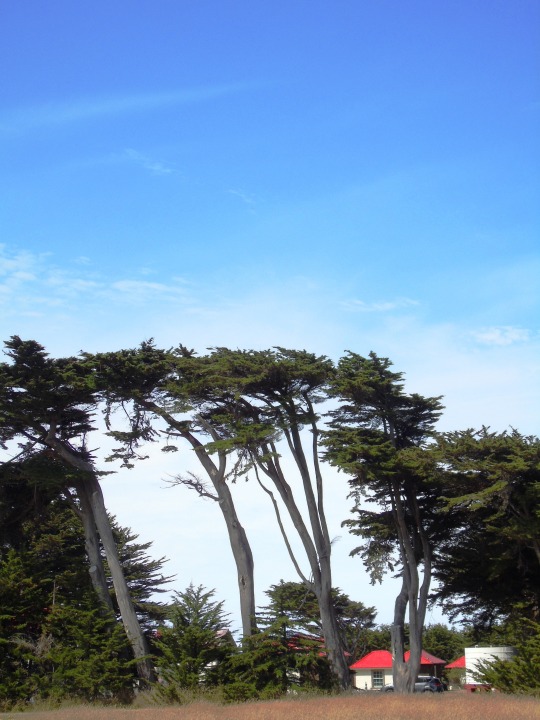
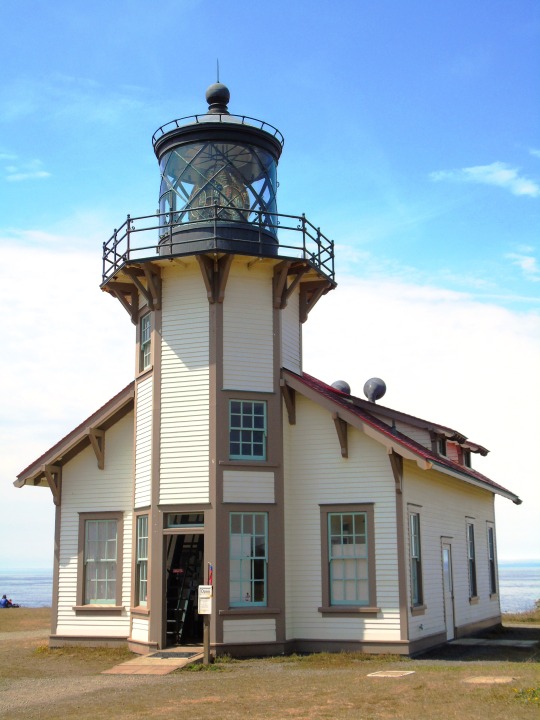
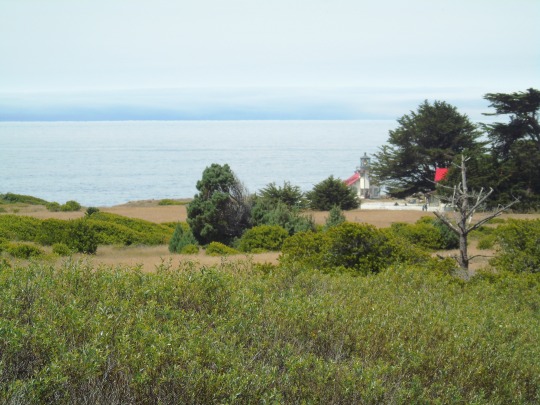
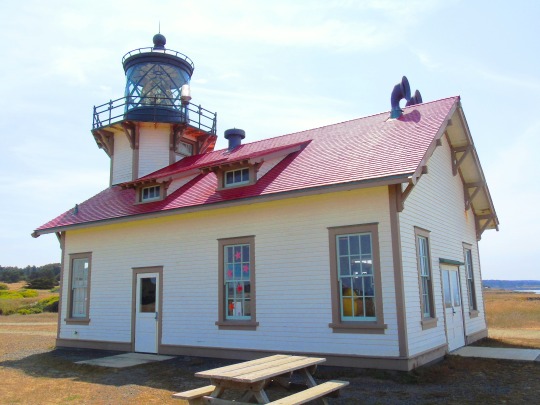

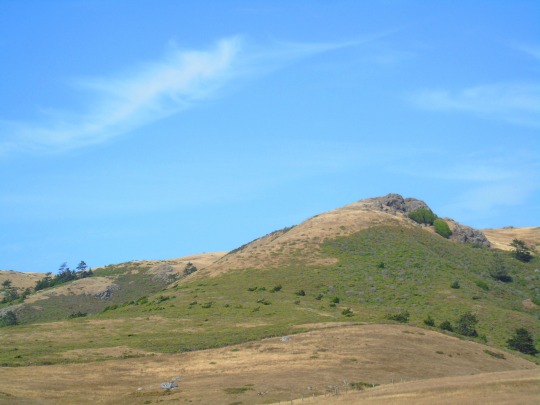


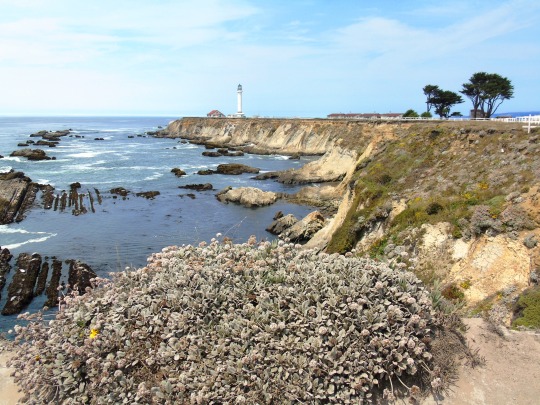
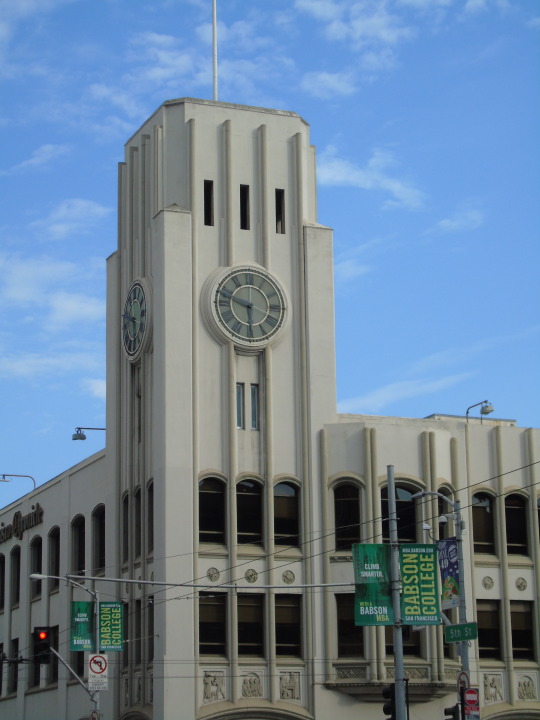
Clouds (No. 488)
Point Cabrillo Light Station State Historic Park, CA (five pics)
Sonoma Coast State Park, CA
Rock Point, CA
Point Arena, CA (two pics)
Chronicle Building, San Francisco
#Point Cabrillo Light Station State Historic Park#lighthouse#architecture#tree#blue sky#clouds#grass#flora#landscape#countryside#summer vacation#USA#summer 2017#original photography#tourist attraction#landmark#Sonoma Coast State Park#Rock Point#beach#rock formation#cliff#Pacific Ocean#seascape#Point Arena Lighthouse#Chronicle Building#San Francisco
3 notes
·
View notes
Photo


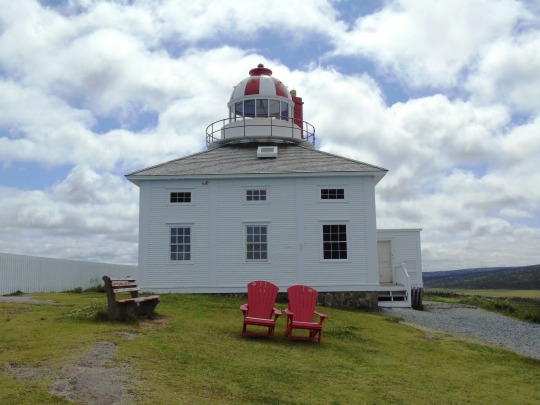

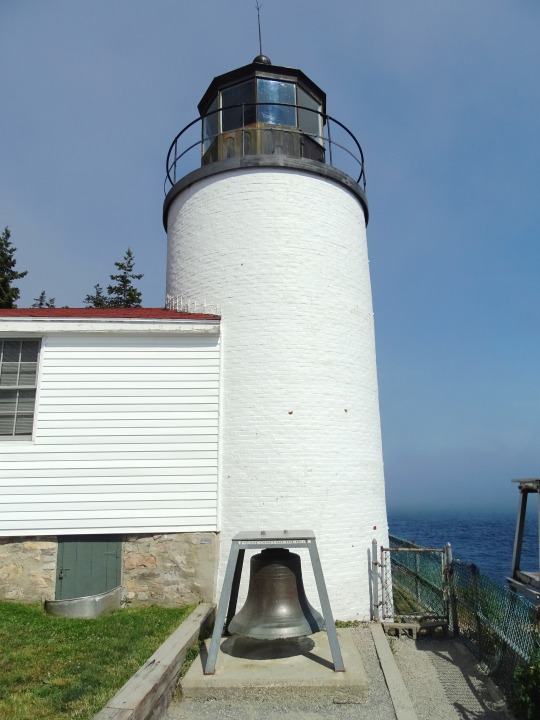
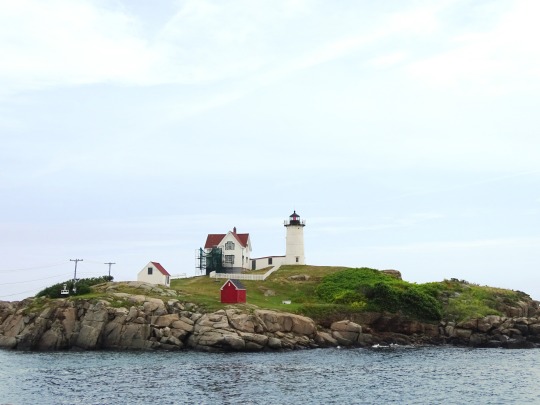

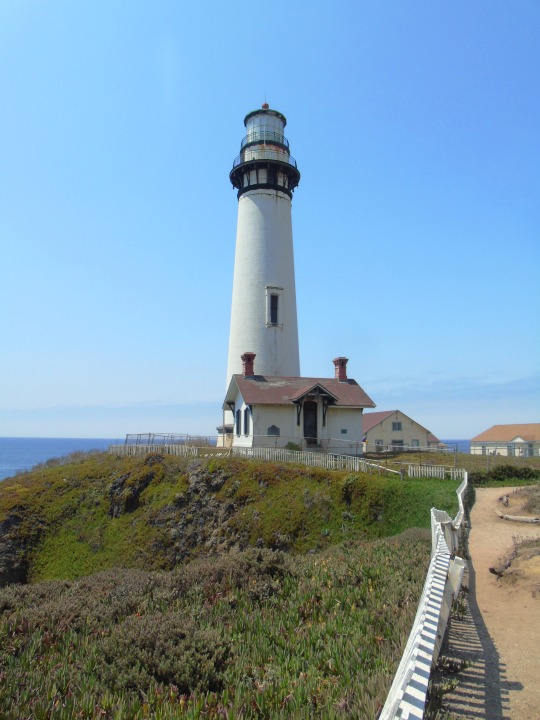
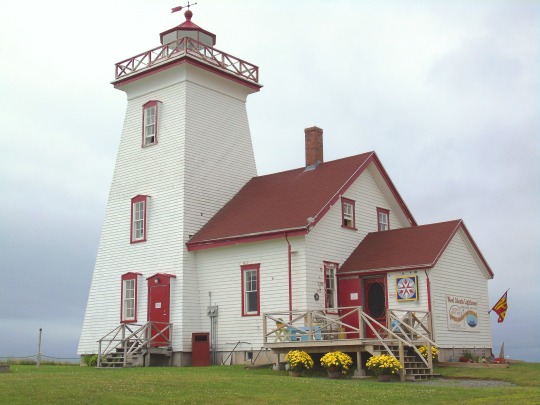

National Lighthouse Day
Observed annually on August 7, National Lighthouse Day honors the beacon of light that for hundreds of years symbolized safety and security for ships and boats at sea. At one time, the beacon of light could be found across almost all of America’s shorelines.
A lighthouse is described as a tower, building or any other type of structure that is designed to emit light from a system of lamps and lenses and used as an aid to navigation for maritime pilots at sea or on inland waterways.
Lighthouses:
Mark dangerous coastlines, hazardous shoals, reefs, safe entries to harbors.
Assist in aerial navigation.
Have declined due to the expense of maintenance and replacement by modern electronic navigational systems.
Has a source of light called a “lamp” (may be electric or oil fueled).
Were originally lit by open fire and then candles.
Differ depending on the location and purpose but have standard components.
Has a lantern room which is a glassed-in housing at the top of a lighthouse tower.
Has a Watch Room or Service Room beneath the lantern room.
Has an open gallery outside the Watch Room or Lantern Room.
Development accelerated in the 17th century with Britain’s Trinity House constructing its first in 1609.
Earliest in North America was in St. Augustine, Florida. Printed on a 1791 map, it had been built by Menendez after his landing in 1586.
America’s next lighthouse was Boston Light on Little Brewster Island in 1716.
The oldest existing lighthouse in the United States is the Sandy Hook Lighthouse in New Jersey. Built in 1764, this lighthouse is still in operation.
At the end of the 19th century, the United States had the most lighthouses of any nation.
The 9th Act of the first Congress created the US Bureau of Lighthouses in 1789, which placed lighthouses under federal control.
The United States Coast Guard took over on July 7, 1939.
Visiting and photographing lighthouses has become a popular hobby as well as collecting ceramic replicas.
Source
#National Lighthouse Day#NationalLighthouseDay#7 August#Cape Spear#USA#Newfoundland#Canada#original photography#Atlantic Ocean#PEI#Prince Edward Island#Point Prim Lighthouse#Nassau#Bahamas#Cape Neddick Light#Bass Harbor Head Lighthouse#Point Cabrillo Light Station State Historic Park#Pigeon Point Light Station State Historic Park#Point Arena Lighthouse#Pacific Ocean#Wood Islands Lighthouse
1 note
·
View note
Photo

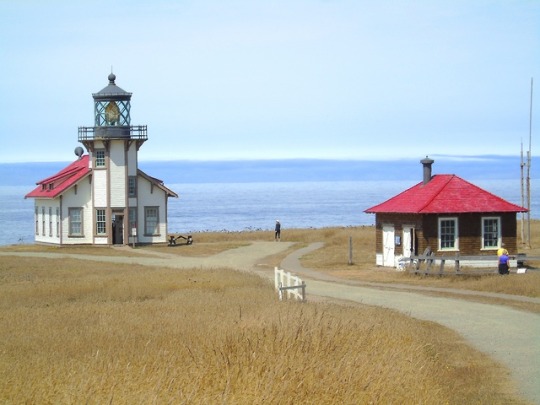

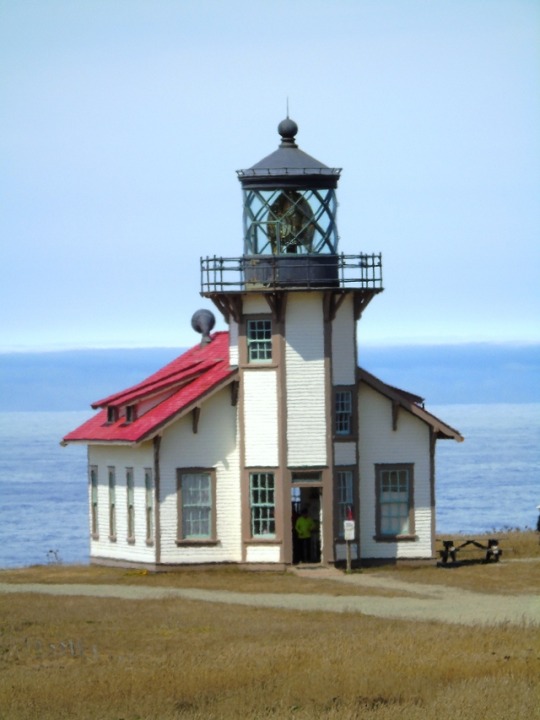




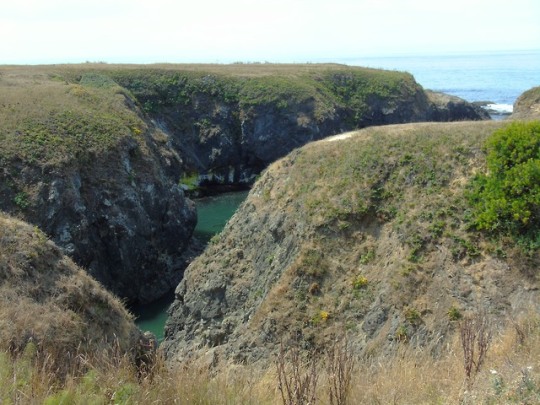
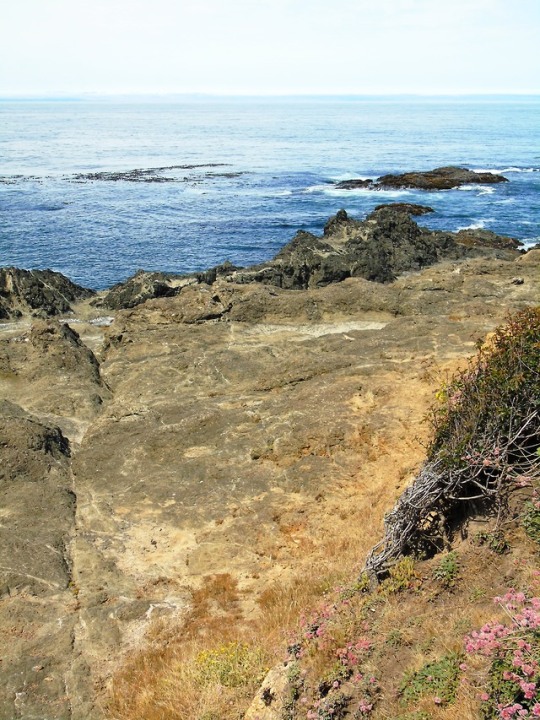
Seascapes (No. 139)
Point Cabrillo Light Station State Historic Park, CA
#Point Cabrillo Light Station State Historic Park#Pacific Ocean#seascape#USA#landscape#nature#flora#grass#scrub#horizon#landmark#West Coast#summer 2017#original photography#Blacksmith & Carpenter Shop#architecture#lighthouse#Lighthouse Museum#Point Cabrillo Light Station#cliff#bluff#water#flower#blooming
23 notes
·
View notes